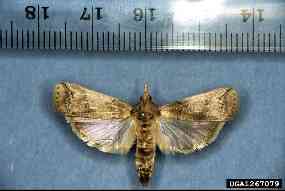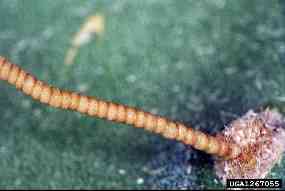Monday, January 9, 2012
Waypoint-Interesting
Waypoint-Tourism
Waypoint-Damage
Waypoint-Ecological Succesion

 Primary Succession- Due to the common occurrence of mountains bordering deserts they are vulnerable any reactivation of volcanoes that may surround them. An eruption can destroy acres of land. This results in the repopulation of pioneer species such as the above lycan.
Primary Succession- Due to the common occurrence of mountains bordering deserts they are vulnerable any reactivation of volcanoes that may surround them. An eruption can destroy acres of land. This results in the repopulation of pioneer species such as the above lycan. Secondary Succession- The desert is a hot and arid in the daytime, a perfect location for a wild fires to break out. Desert plants are a hardy lot capable of retaining water in this harsh environment. Unfortunately during prolonged droughts they can dry up and catch fire. In areas containing patches of plants the fire can last for several hours. The fire sometimes has positive effects such as allowing grasses to grow and some plants can't release their seeds without fire.
Secondary Succession- The desert is a hot and arid in the daytime, a perfect location for a wild fires to break out. Desert plants are a hardy lot capable of retaining water in this harsh environment. Unfortunately during prolonged droughts they can dry up and catch fire. In areas containing patches of plants the fire can last for several hours. The fire sometimes has positive effects such as allowing grasses to grow and some plants can't release their seeds without fire.
Friday, January 6, 2012
Waypoint- Introduced Species

 Argentine Cactus Moth- The Argentine cactus moth a small, brown moth that is native to Argentina, Brazil, Paraguay, and Uruguay. It is almost impossible to be recognise as an adult but is bright orange-red as a larvae and lays its eggs in rods. Its caterpillars naturally eat prickly pear cacti and are capable of destroying entire plants easily. They were taken to Australia, Africa, and Asia to deal with invading prickly pears because there were no natural consumers in these areas. Unfortunately North and Central America naturally have both prickly pears and organisms to eat them and are a crash crop in certain regions. The reason for the arrival of the moths in North and Central America is unclear. The moths could have came on imported goods or by natural occurrence. The eggs are layed on the cacti in chains. Upon hatching the larvae borrow into the cactus and proceed to eat the insides of it. This effectively hollows out the cacti to the point of destruction. They are out competing natural consumers and destroy entire crop production.
Argentine Cactus Moth- The Argentine cactus moth a small, brown moth that is native to Argentina, Brazil, Paraguay, and Uruguay. It is almost impossible to be recognise as an adult but is bright orange-red as a larvae and lays its eggs in rods. Its caterpillars naturally eat prickly pear cacti and are capable of destroying entire plants easily. They were taken to Australia, Africa, and Asia to deal with invading prickly pears because there were no natural consumers in these areas. Unfortunately North and Central America naturally have both prickly pears and organisms to eat them and are a crash crop in certain regions. The reason for the arrival of the moths in North and Central America is unclear. The moths could have came on imported goods or by natural occurrence. The eggs are layed on the cacti in chains. Upon hatching the larvae borrow into the cactus and proceed to eat the insides of it. This effectively hollows out the cacti to the point of destruction. They are out competing natural consumers and destroy entire crop production.
Subscribe to:
Posts (Atom)
 Water Cycle
Water Cycle Nitrogen Cycle
Nitrogen Cycle.gif) Carbon Cycle
Carbon Cycle Phosphorus Cycle
Phosphorus Cycle